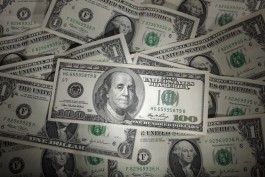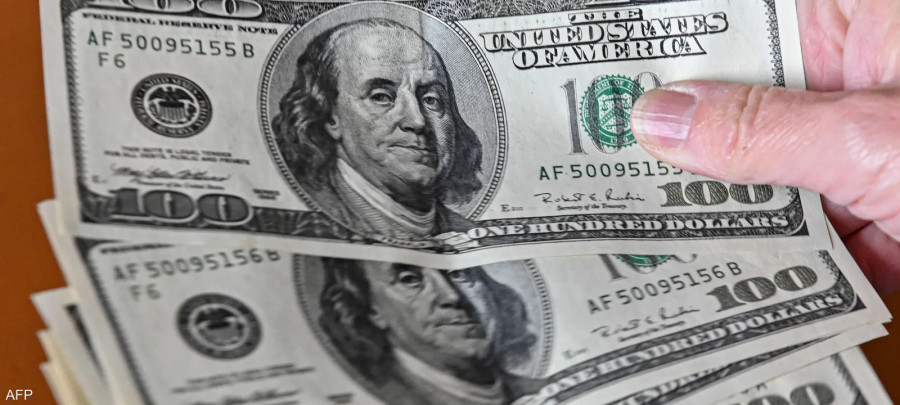The dollar suffered significant losses on Thursday and is heading for an annual decline after two years of strong gains, with markets affected by expectations that the Federal Reserve (the US central bank) will cut interest rates next year.
As the year draws to a close, there is expected to be little liquidity and limited movements until the new year.
The dollar index, which measures the US currency against six competing currencies, fell to a five-month low of 100.81. The index fell 0.5 percent yesterday, Wednesday, and is heading towards a 2.6 percent decline this year, ending two consecutive years of strong gains.
Investors remain focused on the timing of the Federal Reserve's interest rate cuts.
The euro increased 0.09 percent to $1.1113, remaining below the highest level in five months at $1.1122 recorded on Wednesday. The single European currency is heading for annual gains of 3.7 percent, in its strongest performance since 2020.
As for the British pound, it reached $1.2813 in the latest trading, its highest level since the tenth of August. Sterling is on track to achieve gains of six percent this year, its strongest performance since 2017.
Investors expect that the Bank of England will not be able to lower interest rates like the US and European Central Banks, given the high inflation in the United Kingdom.
In Asia, the Japanese yen rose 0.23 percent to 141.50 to the dollar, approaching the five-month peak of 140.95 that it touched earlier this month.
The Asian currency increased by four percent against the dollar in December and is heading for gains for the second month in a row amid growing expectations that the Bank of Japan may soon abandon its ultra-easy monetary policy. Over the course of the year, the yen fell by seven percent against the dollar.









































